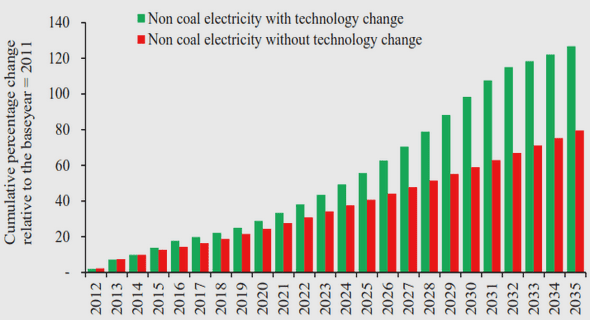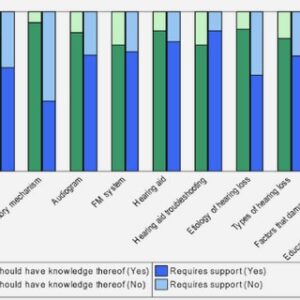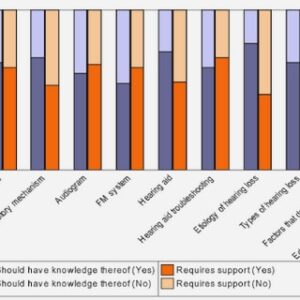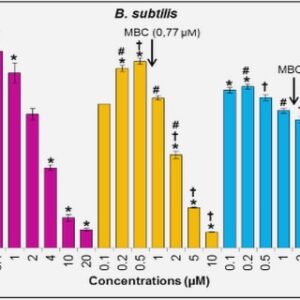(Downloads - 0)
For more info about our services contact : help@bestpfe.com
Table of contents
Introduction
Motivation
Definition of the Problem
Thesis structure
State of the Art
Bulk foam generalities
Interfacial considerations
Bulk foam structure
Foam Stability
Bulk foams – Rheology
Foams in porous media
Basic petrophysical concepts
Foam effect on flow
Modelling foam in porous media
Population balance models
Synthesis and proposed research themes
Foam trapping and flow heterogeneity
Foam bubble size distributions and their effect on flow
The appropriate scale for describing foam phenomena
Foam Flow in a Micromodel: Data Acquisition and Transformation
Preamble
Article: New insights of foam flow dynamics in a high-complexity 2D micromodel
Introduction
Materials and Methods
Micromodel
Fluids
Microfluidic setup
Data acquisition and analysis tools
Experimental procedure
Image acquisition strategy
Image processing and exploitation
Results
Bubble creation/destruction mechanisms
Bubble size distributions
Comparison of velocity maps
Discussion
Bubble velocity and size relationship
Table of contents
Preferential path flow for larger bubbles
Local structural relationships
Conclusion and perspectives
Micromodel Experiments: Parameter Exploration
Preamble
Injection parameters
Injection rate
Gas fraction
Reversed
Injection method
Inlet foam distributions
Correlation of injection parameters
Foam distribution correlations
Foam distributions – macroscopic injection parameter correlations
Observables
Pressure drop
Viscosity
Longitudinal section flow distribution
Dataset flow intermittency
Passage activation
Trapped fraction
Bubble flow deviation from pressure gradient
Outlet foam distributions
Inlet/Outlet evolution ratios
Total bubble perimeter
Bubble specific surface area (SSA)
Correlation of observables
Correlation of trapped foam variables
Pressure gradient and bubble size distribution parameters
Viscosity and bubble deviation angle
Injection – Observable relationships
Viscosity relationships
Trapped fraction sources
Conclusion
Predicting Local Flow from Structural Parameters: A Machine Learning Approach
Preamble
Modelling framework and goals
Classification types
Machine learning algorithms
K-nearest neighbors
Logistic regression
Decision tree
Table of contents
Random Forest
Structural feature space
Throat structural features:
Pore structural features
Algorithm selection
Metric used
Preliminary algorithm comparison
Random Forest feature importance
Pore activity classification
Throat activity classification
Generalization
Conclusion
Describing High-Velocity Flow Areas Using a Network-Spanning Graph Model
Preamble
Article: Accessing preferential foam flow paths in 2D micromodel using a graph-based 2-parameter model
Introduction
Materials and methods
Foam data acquisition procedure and injection conditions
Micromodel structure and decomposition
Path-proposing algorithm
Experimental path match
Results
1-parameter model – description and path properties
Experimental match: 1-parameter model
2-parameter model – description and path properties
Experimental match: 2-parameter model
Discussion
Path-based flow characterization viability
Difference between experiments
Conclusion
Model Generalization
Application to a reversed orientation experiment
Generalization to a different 2D porous medium
Experiment 7, Géraud et al. (2016)
Experiment 43, Géraud et al. (2016)
Discussion on optimal exponents
Returning to local structural features from graph-based characteristics
Conclusion
General Conclusion




